Inside Out 2: Exploring New Emotions and Navigating the Teenage Years

In the popular film Inside Out, we journey through young Riley’s thoughts and feelings as she experiences both happy moments and tough times at age eleven. The film is narrated by Amy Poehler and is produced by Disney and Pixar.
Now, Inside Out 2 is set to release, introducing new emotions that come into play during the teenage years.
This blog post explores the new emotions in Inside Out 2, why they emerge, how to manage them, and offers tips for watching the movie as a family.
Contents:
- Inside Out 2: New Emotions
- Why ‘New’ Emotions Emerge in the Teen Years
- Briefly About ‘Old’ Emotions in Inside Out
- Watching ‘Inside Out‘ As A Family
- FAQs
Inside Out 2: New Emotions

Credit: popculturewonders.com
Get excited because Inside Out 2 will soon hit theaters (June 14, 2024)! This time, it promises an even more profound exploration of our emotional lives. We got our first look at the fresh characters in the trailer, which also hinted at all the emotional highs and lows of growing up.
Fans of the original film will see familiar faces and themes, but they will also encounter new layers of emotional depth that reflect the tumultuous nature of the teenage years.
You can watch the trailer for the new movie here:
Why ‘New’ Emotions Emerge in the Teen Years
Adolescence is a period of significant change, both physically and emotionally.
As children transition into their teenage years, their brains undergo considerable development, leading to the emergence of new emotions. This phase can be challenging for both teens and their parents, but understanding these changes can help manage them effectively.
The prefrontal cortex, responsible for decision-making and rational thought, continues to develop during the teenage years.
The amygdala, which handles our emotions, kicks into high gear and makes us feel everything more intensely. Teenagers often go through waves of strong emotions that can feel overpowering at times.
During puberty, the rush of hormones can cause a rollercoaster of emotions and frequent mood swings. It’s like suddenly feeling happy one moment and irritated the next without any clear reason. Hormonal shifts during this time can throw off your sleep, mess with your appetite, and really impact how you handle emotions.
Coupled with the physiological changes, the teenage years often come with increased social interactions and peer pressure, adding another layer of emotional complexity.
Naming the New Emotions
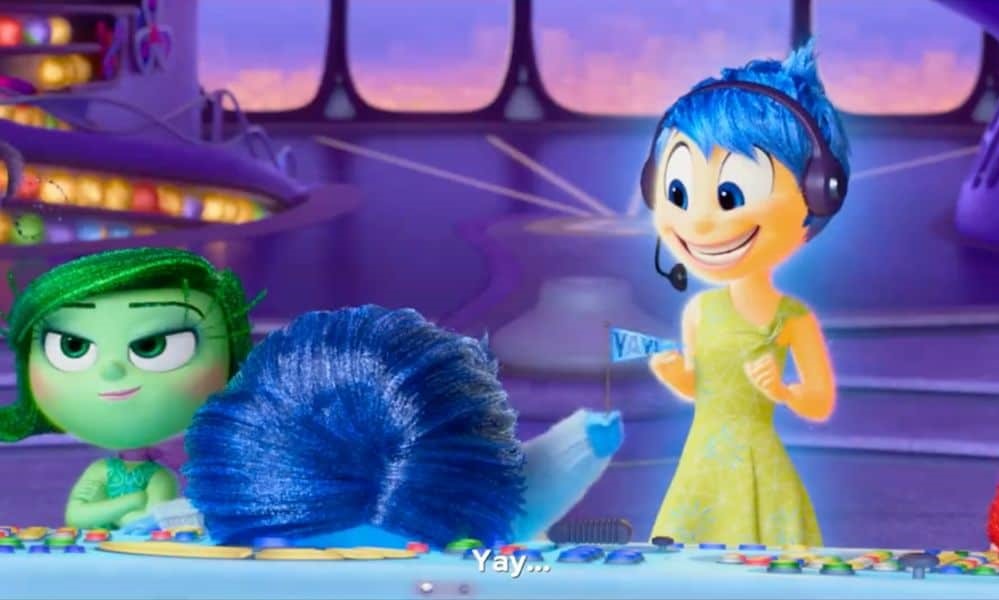
Credit: disneydining.com
While Inside Out originally introduced us to Joy, Sadness, Fear, Disgust, and Anger, Inside Out 2 is set to bring new emotions into the mix. These new characters will help illustrate the expanded emotional range that comes with adolescence.
Envy

«Inside Out 2»
One of the new emotions is Envy, represented by a green character who deals with feelings of jealousy and comparison. This emotion becomes particularly relevant during the teenage years, as social dynamics and self-perception become more complex.
Embarrassment

«Inside Out 2»
Another new emotion the film names is Embarrassment, depicted as a pink character who helps Riley navigate social awkwardness and self-consciousness. Adolescence is a time when individuals become acutely aware of themselves and how they are perceived by others, making embarrassment a frequent companion.
Anxiety

«Inside Out 2»
Anxiety, voiced by Maya Hawke, is a new character always trying to prepare for negative outcomes. This emotion plays a crucial role in adolescence, a period often filled with new experiences and uncertainties. Anxiety helps to illustrate the heightened sense of caution and worry that teenagers frequently encounter as they deal with the pressures of school, social expectations, and future planning.
Ennui
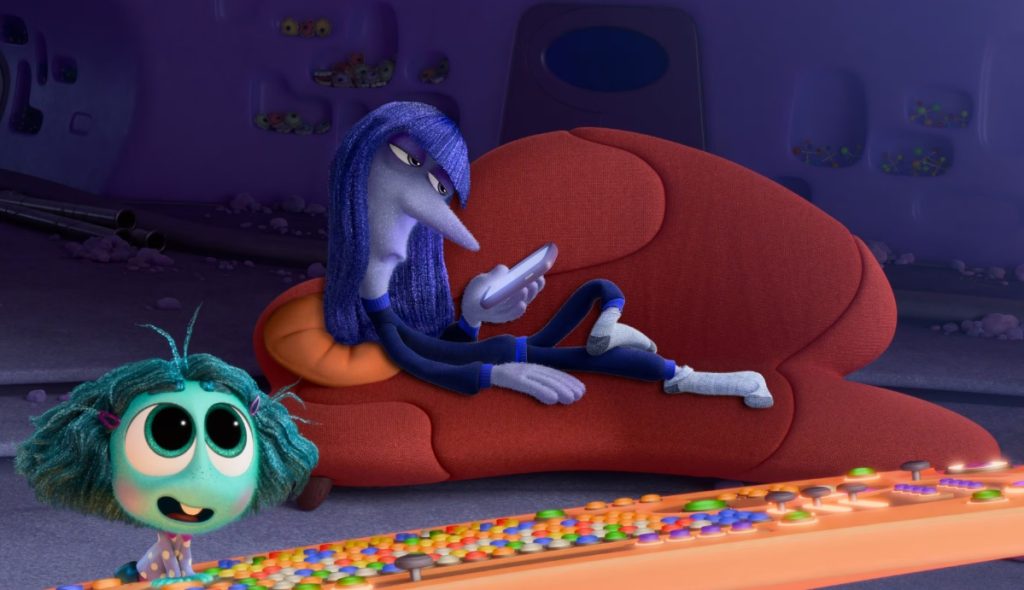
«Inside Out 2»
Ennui is another addition to Riley’s emotional team. Ennui represents the profound sense of boredom and disinterest that can emerge during adolescence. As teenagers seek meaning and excitement, they often encounter periods of listlessness and dissatisfaction. Ennui captures this sense of apathy, highlighting the struggle to find engaging and fulfilling activities during a time of rapid change and self-discovery.
Tips for Managing These New Emotions

Credit: youtube.com
Teen years bring a whirlwind of emotions. To help you guide your teen effectively, we’ve gathered some handy advice for both parents and teachers alike.
Communication is Key
Encouraging open dialogue is crucial. Teens need to know it’s okay to express what they are going through. Building a space where your teen isn’t afraid to talk about what’s on their mind without facing negative reactions is crucial. When teens feel understood and validated, they are more likely to open up about their experiences and challenges.
Active listening is equally important. This means giving your full attention, showing empathy, and understanding without immediately jumping to solutions. Instead of trying to fix the problem right away, acknowledging their feelings can help build trust and open lines of communication.
For example, if a teen expresses frustration about a conflict with a friend, rather than offering immediate advice, parents and educators can say, “I understand how upsetting that must be for you.”
Additionally, maintaining non-verbal communication cues like eye contact, nodding, and leaning in can reinforce that you are genuinely interested in what they are saying. It’s also helpful to ask open-ended questions that prompt them to share more about their thoughts and feelings.
Questions like, “Can you tell me more about what happened?” or “How did that make you feel?” can encourage deeper conversation and reflection.
Provide Emotional Support
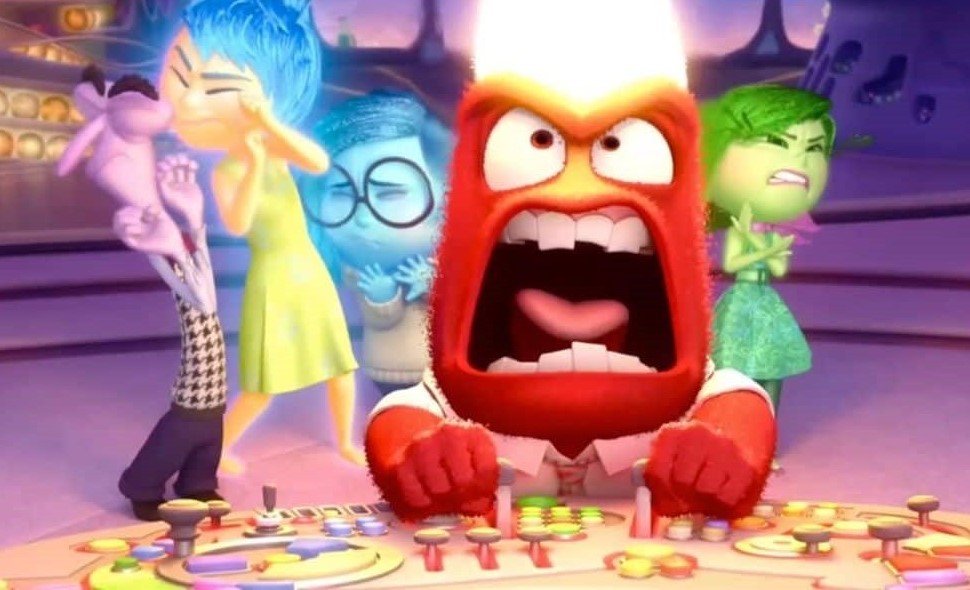
Credit: insidethemagic.net
Validating teens’ feelings is essential. Acknowledging that their emotions are real and important, rather than dismissing or belittling what they are experiencing, helps teens feel understood and respected. For instance, if a teen is feeling anxious about an upcoming exam, saying “That sounds really stressful. Exams can be tough” can make them feel heard and validated.
Teens need positive outlets for their emotions. Engaging in activities such as painting, joining a sports team, or keeping a diary provides constructive methods to manage what they’re going through.
These activities give kids the safety they need to express themselves. This proves very beneficial when verbalizing feelings becomes challenging. When teens get involved in these kinds of tasks, they often gain a sense of accomplishment which helps lift their self-esteem.
Physical activities like sports or dance can be excellent for releasing built-up tension and stress. Creative pursuits like drawing, painting, or playing a musical instrument allow teens to express their emotions in a non-verbal way, which can be very therapeutic. Writing in a journal can help them process their thoughts and feelings, making it easier to understand and manage their emotions.
Teach Emotional Regulation
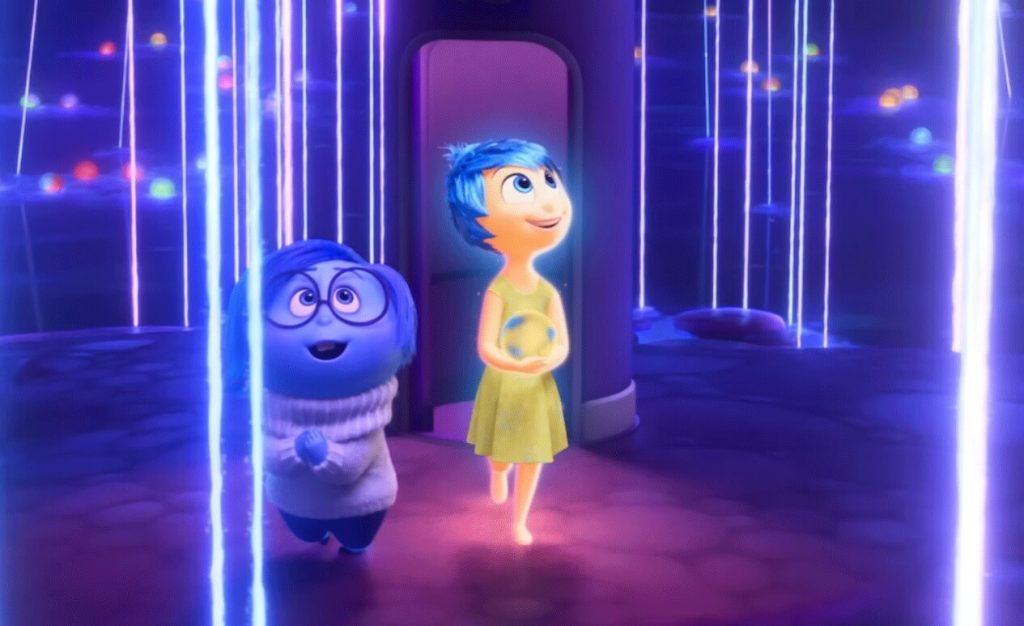
«Inside Out 2»
Introducing mindfulness practices like deep breathing, meditation, or yoga can help teens manage stress and anxiety. In those moments when feelings become overwhelming, using these techniques can bring peace to both your thoughts and your physical state. Engaging in deep breath work is an effective way to lessen stress-related discomforts and promote relaxation.
Meditation helps teens watch their thoughts and emotions without getting too caught up in them. This practice can make it easier for them to handle their feelings better. Spending just a few minutes each day on mindfulness meditation can greatly improve your ability to manage stress.
Through a mix of stretches and focused breathing, yoga supports emotional balance as well as muscle tone.
Guiding young people through the process of figuring out solutions can provide huge benefits in the long run, so consider introducing this to your child.
Ultimately, parents and teachers who guide teens in breaking down big issues into smaller parts help them face problems with a clear plan. This methodical way of thinking helps reduce the anxiety that often comes with tough situations. Encouraging them to brainstorm multiple solutions and consider the pros and cons of each as they’re revealed can foster resilience and independence.
For instance, if your teen is stressed about balancing school work and extracurricular activities, helping them create a schedule and prioritize tasks can make the workload seem more manageable.
Read also: Parenting the Teen Years: Strategies for Effective Discipline and Connection.
Briefly About ‘Old’ Emotions in Inside Out

Credit: disney.com
Let’s take a moment to revisit the original emotions from Inside Out. These emotions are fundamental to understanding the new ones introduced in Inside Out 2.
Joy, the emotion of happiness and positivity, is characterized by a sunny yellow character. Joy is the driving force behind Riley’s enthusiasm and excitement, helping her find pleasure in everyday activities and stay optimistic even in challenging situations.
Sadness, represented by a blue character voiced by Phyllis Smith, deals with feelings of sorrow and melancholy. Despite her often gloomy demeanor, Sadness plays a crucial role in helping Riley process loss and disappointment, ultimately fostering empathy and compassion.
Fear, depicted as a purple character, helps Riley stay safe by alerting her to potential dangers. Fear is constantly on the lookout for threats, ensuring that Riley avoids risky situations and makes cautious decisions.
Disgust, the green character, assists Riley in avoiding things she finds unpleasant or gross. Disgust protects Riley from harm by steering her away from things that might be unhealthy or socially unacceptable, such as spoiled food or negative social interactions.
Finally, Anger, the red character, helps Riley stand up for herself and express frustration. Anger fuels her sense of justice and empowers her to assertively address situations that she perceives as unfair or wrong.
Watching ‘Inside Out‘ As A Family

«Inside Out 2»
Inside Out 2 is sure to be a hit for families, but it’s essential to approach it with some considerations in mind. Kids aged 7+ can enjoy this film, but it’s a good idea for parents to join in because the story touches on some pretty complex feelings and ideas.
Families watching movies together have a perfect chance to chat openly about emotions and mental well-being. It’s a fun and approachable method that helps everyone connect on a deeper level.
Age Rating and Content
While the film is rated for children aged 7 and up, it’s important for parents to be mindful of their children’s sensitivity to certain themes. Some scenes may evoke strong emotions or touch on topics that require further discussion and reassurance.
Watching the movie together allows parents to provide context and support, helping children process what they see on screen.
Inside Out is truly a great movie for kids! However, the internet offers not only beneficial content but also dangerous ones. To protect your child, use the Kids360 app: it allows you to block and restrict access to specific apps, games, and websites, set a gadget usage schedule, and always know where and how your child spends their time online.
Discussion Points
After watching the movie, having a family discussion about the different emotions portrayed and how they relate to real-life experiences can be incredibly valuable. This conversation can help children and teens articulate their own emotions and understand that it’s normal to feel a wide range of feelings.
- Post-Viewing Talk: Encourage each family member to share their favorite part of the movie and why it resonated with them. Discuss how the characters’ experiences mirror real-life situations and emotions.
- Learning Moments: Use specific scenes from the movie to teach valuable lessons about empathy, emotional intelligence, and resilience. For example, discussing how Joy and Sadness work together can illustrate the importance of balancing different emotions.
Navigating the Emotional Landscape

«Inside Out 2»
Inside Out 2 offers a unique way to understand and navigate the complex emotional landscape of the teenage years. By recognizing and addressing these new emotions, parents and educators can support teens through this challenging yet transformative period.
Teenagers often ride an emotional rollercoaster as they make their way to adulthood. Adding new emotions like Envy, Embarrassment, and Anxiety in the sequel helps paint a fuller picture of what teens go through emotionally. Anxiety, voiced by Maya Hawke, is another important character.
Envy can arise from comparing oneself to others, especially in the age of social media. Embarrassment often stems from heightened self-awareness and fear of judgment, common during adolescence. Anxiety constantly tries to prepare for negative outcomes, embodying the perpetual worry and heightened sensitivity that accompany teenage years. Ennui represents the profound sense of boredom and disinterest that can emerge as teenagers seek meaning and excitement in their lives.
Embracing the Journey of Emotional Development
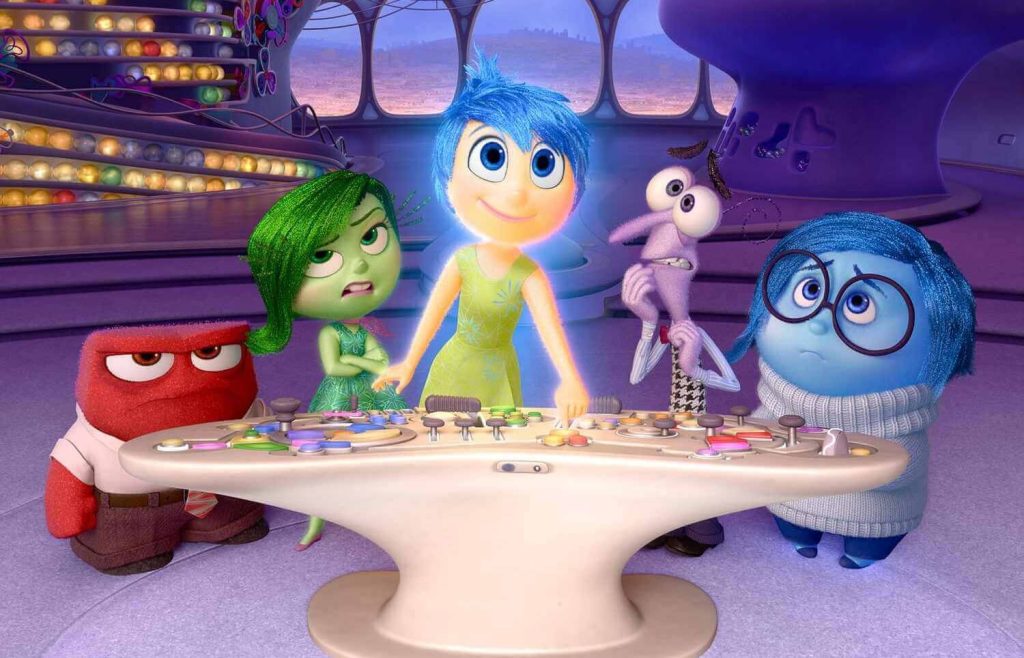
«Inside Out 2»
Embracing the journey of emotional development is so important for both teens and their caregivers, and watching movies like Inside Out 2 can help. By fostering open communication, providing emotional support, and teaching regulation techniques, we can help our teens manage their emotions effectively.
Guiding teenagers through these rough years falls heavily on the shoulders of both parents and educators. By really listening, acknowledging their emotions, and helping them express themselves in healthy ways, we build a space where everyone feels supported—and can thrive emotionally.
Share your thoughts on the new emotions introduced in Inside Out 2. How do you plan to support the teens in your life through their emotional growth? Let us know in the comments below!
FAQs
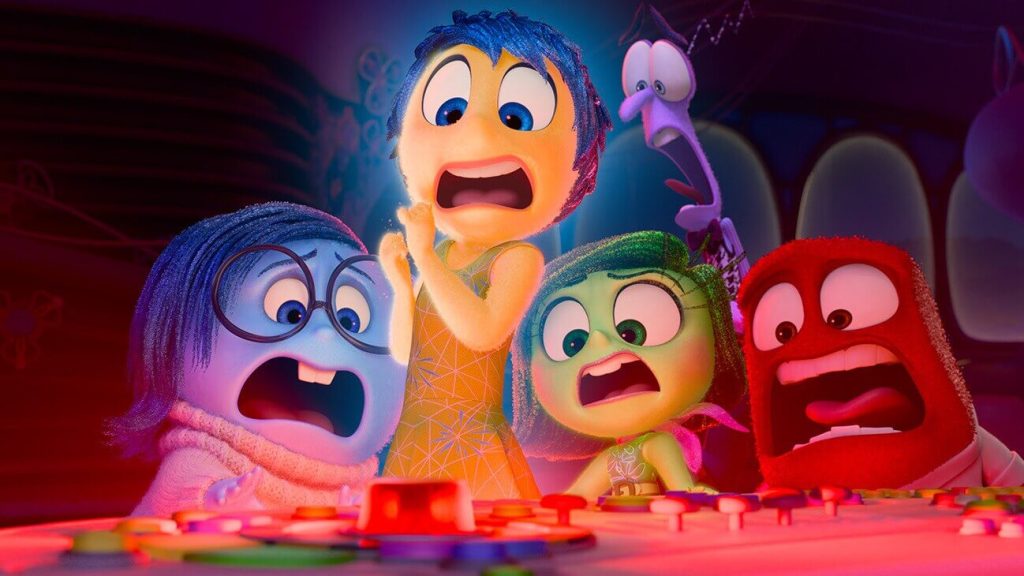
Credit: disney.com
Is there a sixth emotion in Inside Out?
Yes, Inside Out 2 introduces several new emotions, including Envy, Embarrassment, and Anxiety, expanding the emotional spectrum explored in the first film.
What are the new characters in Inside Out?
The new characters in Inside Out 2 include Envy, Embarrassment, and Anxiety, each representing different aspects of the teenage emotional experience. These characters add depth to the portrayal of the complex emotional landscape that teens navigate.
Why no Bill Hader in Inside Out 2?
Bill Hader, who voiced Fear in the first film, is not returning for Inside Out 2. Although the reasons haven’t been officially shared, fans can expect a fresh vibe from the new voice cast in the sequel.
What are the emotions in Inside Out?
The original Inside Out is famous for featuring five core emotions: Joy, Sadness, Fear, Disgust, and Anger. These foundational emotions are essential for understanding the new additions in the sequel.
What are the difficult emotions?
Anger, jealousy, and fear—these tricky emotions can really put us through the wringer when we’re trying to keep them under control. Grasping and controlling your feelings plays a big role in keeping you emotionally well. Understanding and handling your feelings well forms a key part of maturing emotionally.
What are the colors and emotions in Inside Out?
In Inside Out, each emotion is represented by a distinct color: Joy (Yellow), Sadness (Blue), Fear (Purple), Disgust (Green), and Anger (Red). These colors help visually differentiate the emotions and reinforce their unique characteristics.
The picture on the front page: mouseinfo.com
Проверьте электронный ящик



















